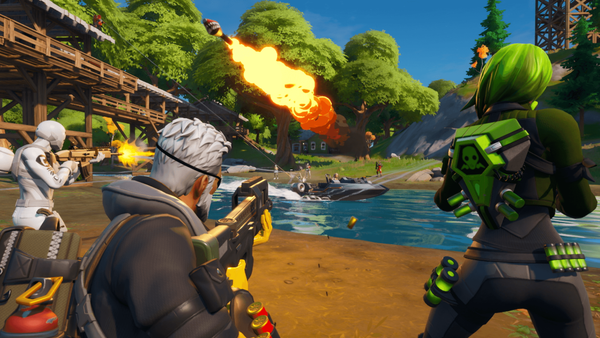10 Video Games To Blame For The Current State Of Games
6. The "Live Service" Game - Fortnite

To be clear, Fortnite is a great game in many ways, and while it wasn't the first game to adopt the "live service" model, it is certainly the most prominent and successful one.
Fortnite is a free-to-play game which managed to rake in $1.8 billion in 2019 alone, largely due to its Battle Pass system, an evolution of the season pass where players pay a nominal fee for a pass which offers challenges that in turn unlock tiered rewards.
This highly successful formula, combined with Epic's commitment to making the game feel like a living, ever-changing entity, has made the industry as a whole pivot towards the live service model.
Doing this in a F2P game is one thing, but naturally it's also been widely adopted by the AAA market with heavily mixed results.
Take last year's Anthem, which EA designed as a live service shooter intended to keep players engaged for years, only for the game to fall spectacularly off a cliff once players realised how little base content was actually available.
Creating a world that feels truly alive and persistent is extremely difficult, hence why so few developers have actually made the live service model work for both themselves and gamers.
There's a lot to be said for a curated, finite experience that just ends, rather than desperately trying to keep players glued to the same single game forever more.
In an age where there are more quality games available at lower prices than ever, is another 1000-hour time-sink really what any of us needs?